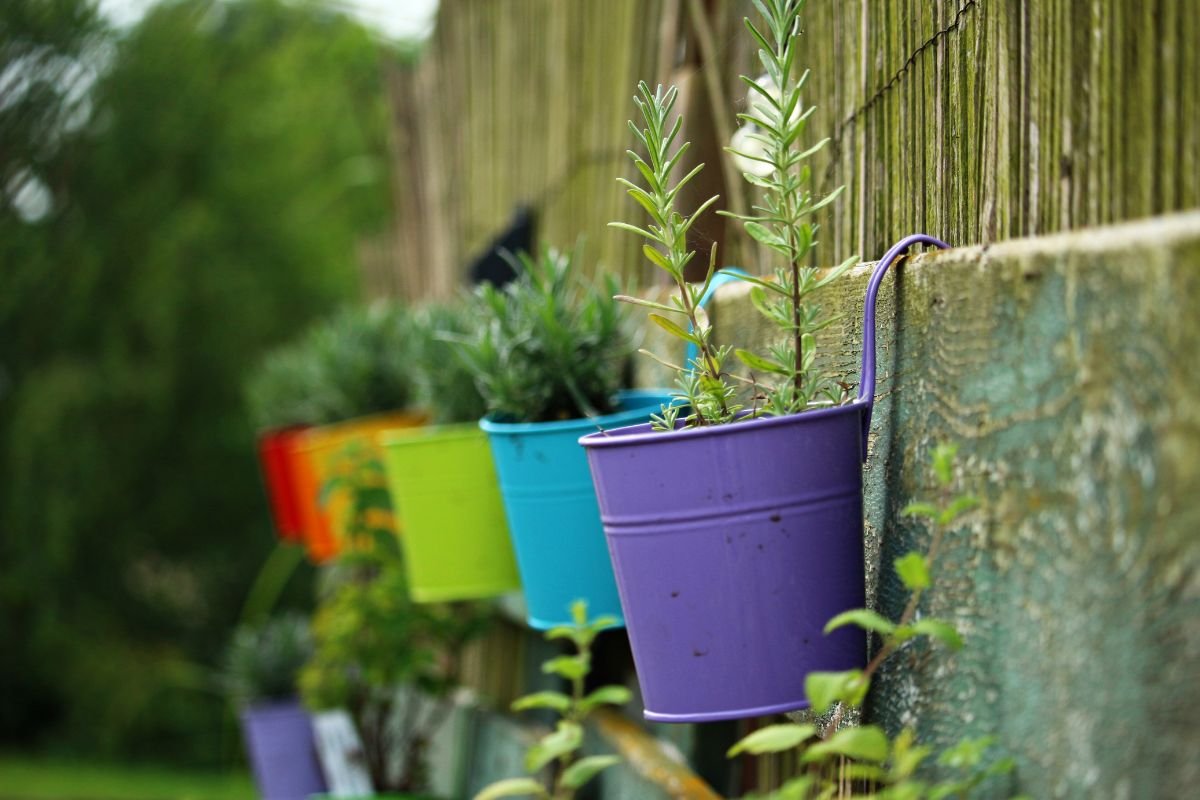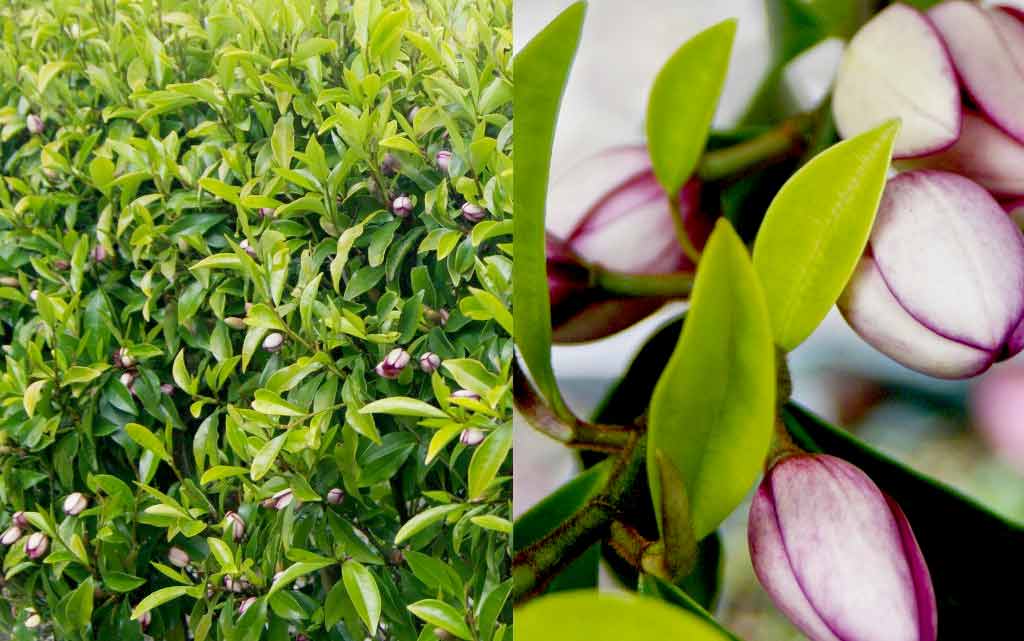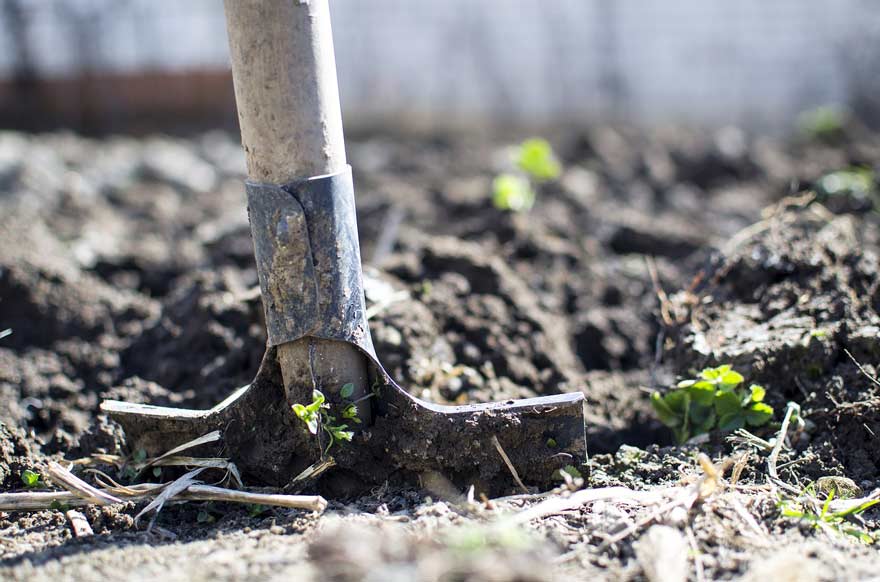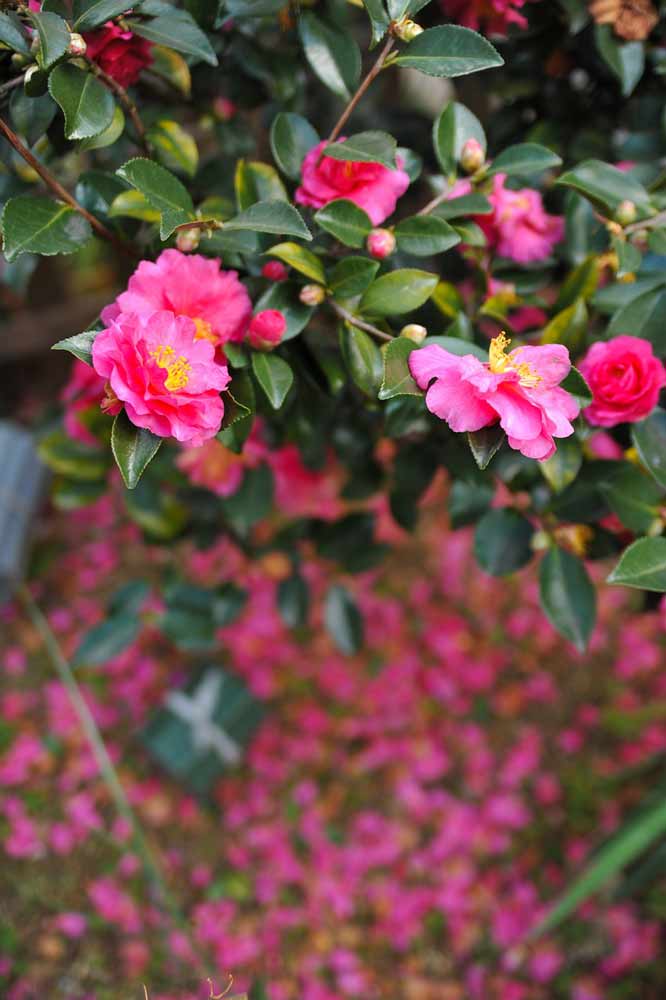So, you decided that you want some privacy to drown out traffic noise, nosey neighbours or to create some green space.
You don’t want to build a wall or a fence that doesn’t give you the privacy you want. Additionally, you want to add greenery that will add depth and dimension to your garden.
So, what is the answer?
Hedging plants.
A hedge that grows densely will keep out noise and prying eyes. And yet, it’s something that adds texture, colour and a home to local birds and insects. Growing a hedge is a great alternative to building a fence.
Picking Out the Right Shrubs
Before you can plant, you need to purchase the right shrubs for the spot where you want to plant them. You also need to know how high your woody plant will be—and if it creates the privacy you desire.
For example, how high do you want your hedge to grow—2m or 4m? To envision how high a plant will be, have someone stand on a ladder to give you a visual of that height. Some hedging plants, like photinia, grow up to 2m while michelia figo can grow up to 4m.
Then, you need to decide if you want a hedging plant that flowers or one that is an evergreen. Fortunately, you have a lot of varieties and species to choose from to create the perfect privacy hedge.
5 Popular Hedging Plants
Here are our five favourite hedging plants that reduce noise, create privacy and add to your garden’s greenery:
1. Bamboo: Do you want to add a song to your garden? Then you need bamboo. It’s fast-growing and a popular privacy screen. When the trees sway in the wind, they sound like they’re singing.
2. Camellia: Which variety gives you a living privacy screen—japonica and sasanqua? The sasanqua is the faster growing of the two types. The sasanqua has small leaves and a higher sun tolerance compared to its japonica cousin. Plus, it provides beautiful blossoms in autumn.
3. Griselinia: A New Zealand native, the kapuka (another name for griselinia) is an evergreen hedging plant that does well in drought and coastal conditions. It also attracts bird to its berries.
4. Michelia figo: The michelia figo is part of the magnolia family. It’s an evergreen that produces fragrant blossoms. It works well as a privacy screen due to its density.
5. Photinia: The vibrant red leaves look brilliant as a hedge in your garden. This hedging plant also produces blossoms.
How to Plant Your Natural Privacy Screen
Now that you know what kind of hedge you’re going to buy, it’s time to plant it. You can plant each hedge in individual holes or a trench. It’s better to plant them in a trench, but you’ll need to keep them well-irrigated and fertilised.
Here are five steps to planting your natural privacy screen:
1. Preparing soil
For your hedging plants to succeed, you need to first prepare your soil. For example, you want loose soil so roots can anchor and water can percolate deep in the ground. So, if you have heavy clay soils, you need to work it to make it loamier. Likewise, if you have sandy soil, you need to add compost or organic material to it for better water retention.
2. Spacing between plants
How much space do you need between plants? It depends on your hedge variety and how dense you want it. Generally speaking, if you’re planting a 2m plant, you want to space the plants 1m apart.
3. Don’t mess with the roots
It’s tempting to comb out the roots of your new plants, but don’t do it. You can kill your new hedges.
4. Don’t forget to fertilise
When you’re finished installing your hedges, feed them fertiliser, so they get a good start growing a deep root system. Plus, cover them and then add mulch to protect the roots as well as to keep the soil temperature even.
5. Make sure you water your new plants
After you finish planting your hedges, you must water them immediately. And they need a good soaking, up to 3-5 cm of water. You also need to continue watering your plants every day for the next two to three days, then cut back to two days a week, and finally to one day a week. Of course, this routine is based on your region, including the season, weather conditions and soil type. Your goal is to keep the soil moist.
Maintaining Your Hedges
After your hedges get established, their maintenance is pretty simple:
Regularly fertilise them
Get a hedge trim about twice a year.
Your local garden centre can help you pick the right fertiliser to use. Each hedging plant has different fertilising needs. So make sure you follow the package directions. For pruning, it’s essential that you properly trim your hedges to respect the plant’s natural shape. But there is also more to it than a hedge trim every now and then. You also need to make sure that light and oxygen can get into the centre of each plant.
To save you time and aggravation, you want to hire a professional hedge trimming company to keep your privacy screen growing densely and beautifully. At Crewcut, our hedge trimming crews will bring new life to your natural privacy screens to protect you from wind, nosey neighbours and noise pollution.

















































